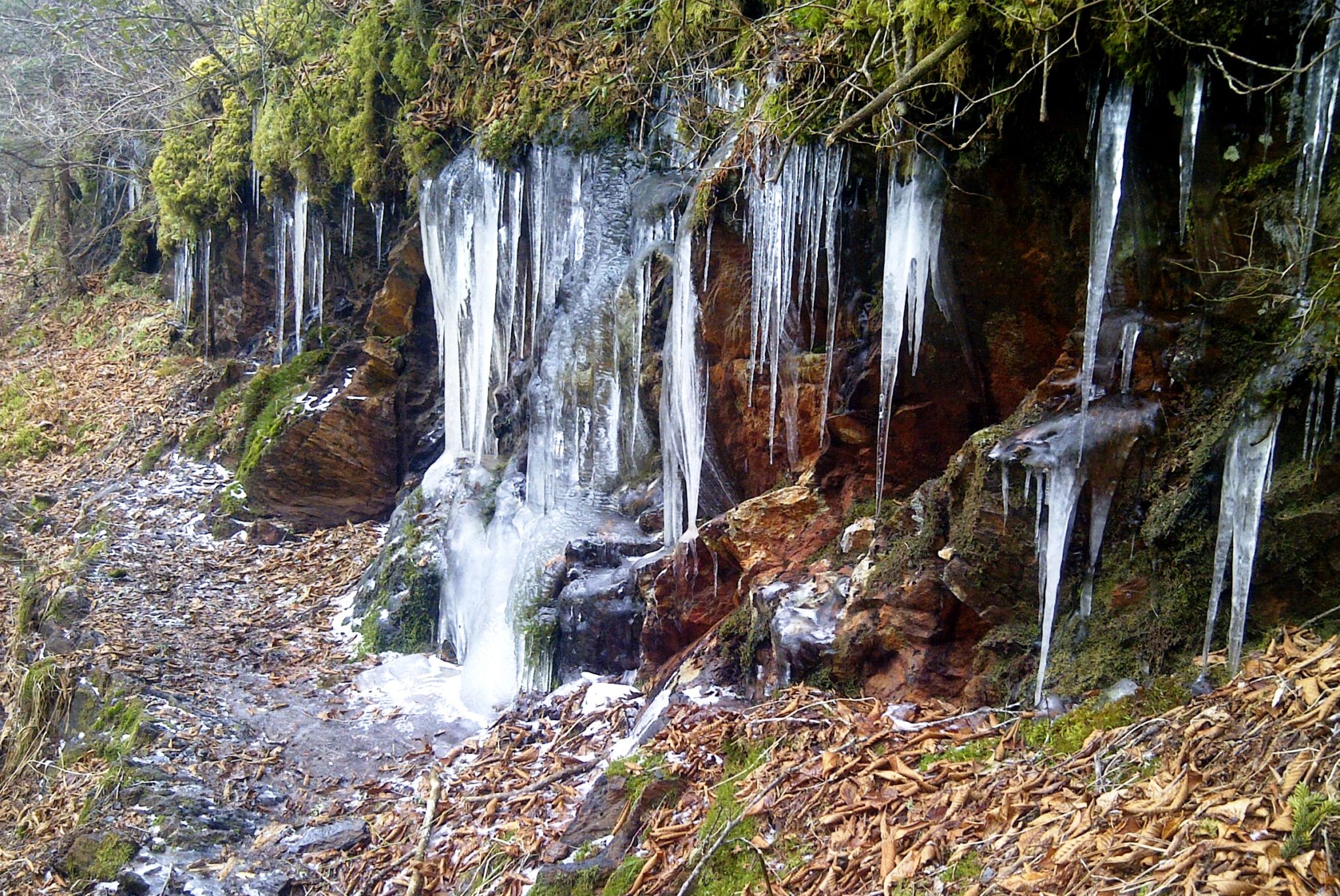by Holly Scott, Marketing Director
When last week’s blog post debuted on Wednesday at 6 a.m., it was 60+ degrees at my house, and I had the windows and screen doors open. Sam McGroom’s excellent advice about Winter Hiking seemed untimely, but winter was on its way.
The temperature dropped 40 degrees that same day, and I woke up Thursday morning with a sheen of snow covering my driveway. Things can change quickly in the foothills of the Smokies this time of year.
As a study in contrast, I wanted to share with you some high elevation views that the Smokies’ long-season Ridgerunner Billy Jones captured from the Appalachian Trail in the first week of February along with Genia Stadler’s latest Smoky Mountain wildflowers from the floor of Cades Cove and other lower evaluation places.
These photos within days of each other at different elevations in Great Smoky Mountains National Park.
The photo at the top of this post was taken by Billy one mile south of Dry Sluice Gap Trail.
This photo of daffodils was taken by Genia in Cades Cove in the first week of March.

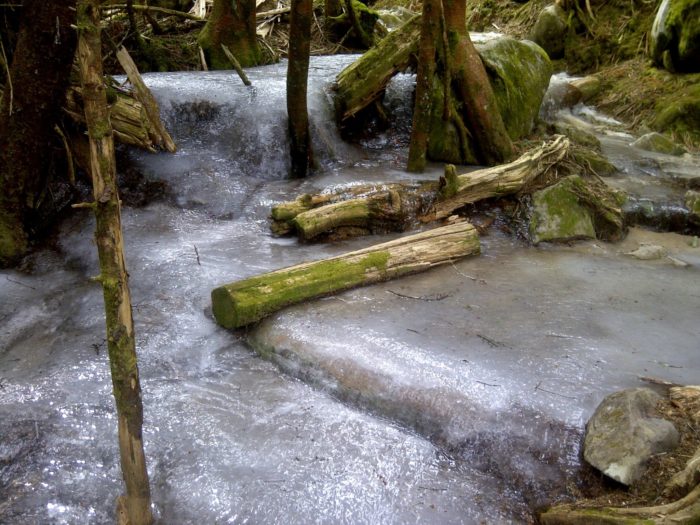
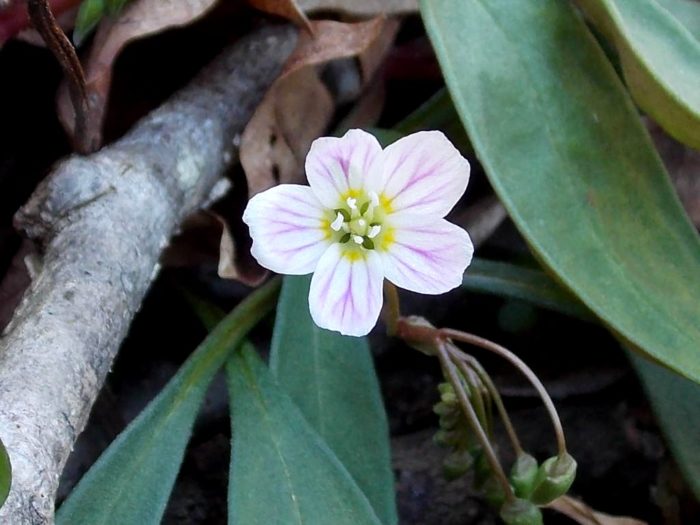
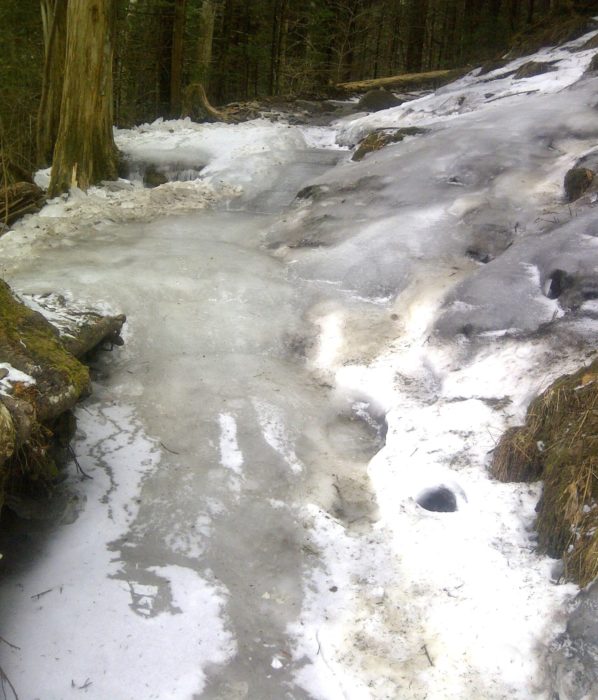
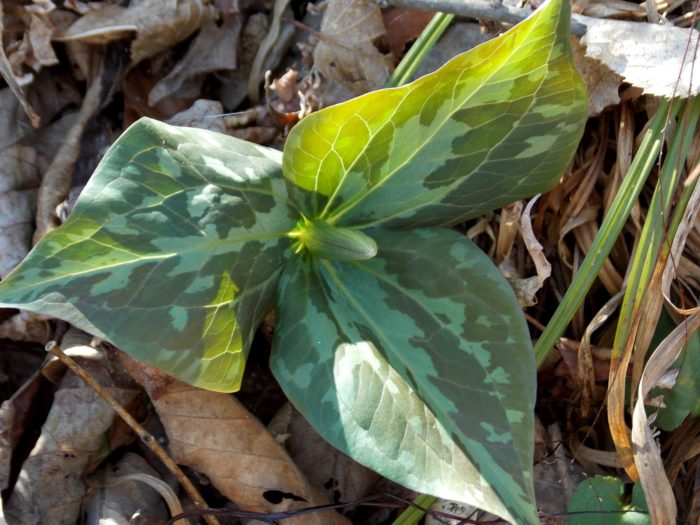
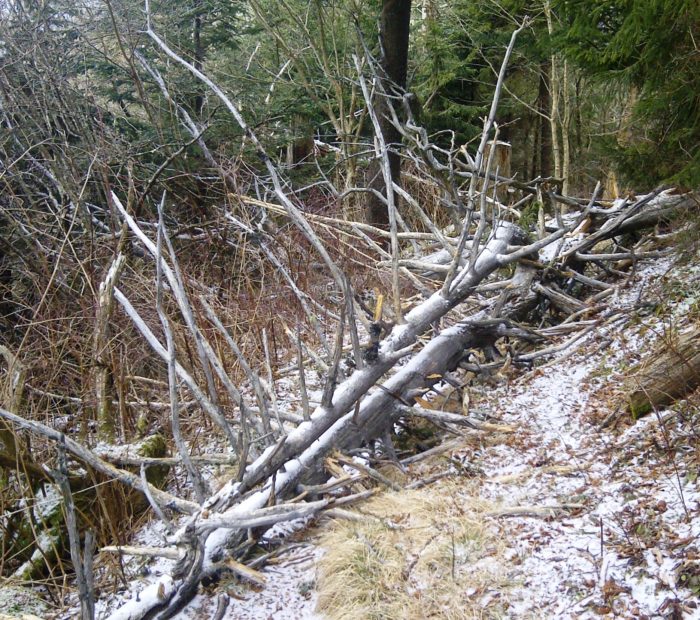
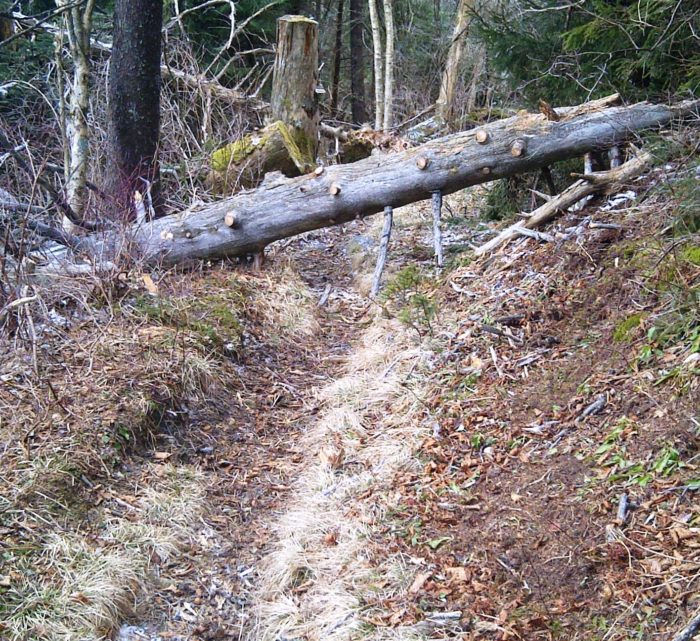
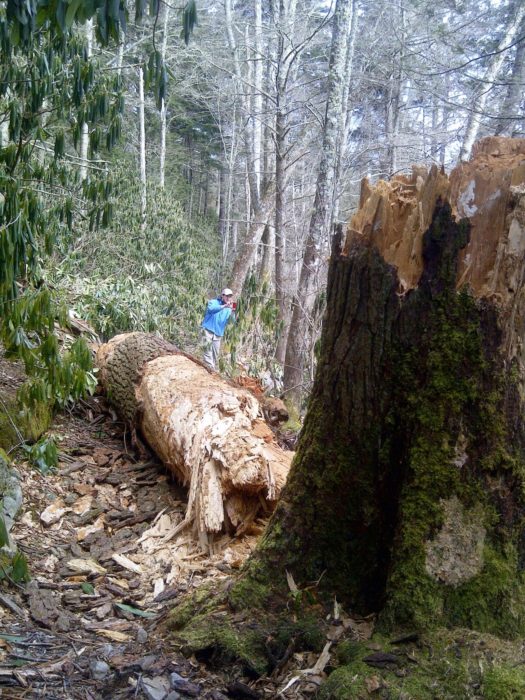
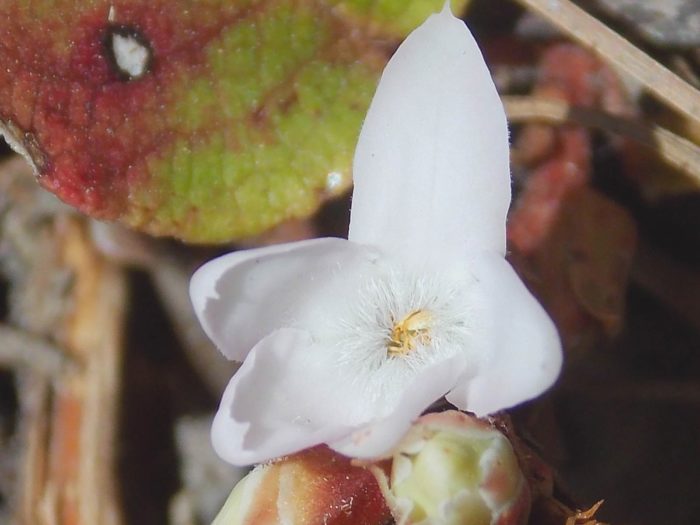
For more information about winter hiking, you also can read Lori Garufi’s “What’s in your backpack is key to successful winter hiking in the Smokies.”
Friends of Great Smoky Mountains National Park, a 501 (c)(3) not-for-profit organization has been helping to preserve and protect Great Smoky Mountains National Park by raising funds and awareness and recruiting volunteers for needed projects. Over the last 21 years, support from Friends of the Smokies members, sponsors, donors, and Tennessee and North Carolina specialty license plate owners has totaled more than $44 million. To see this year’s list of Park Support Projects visit our website at FriendsOfTheSmokies.org
